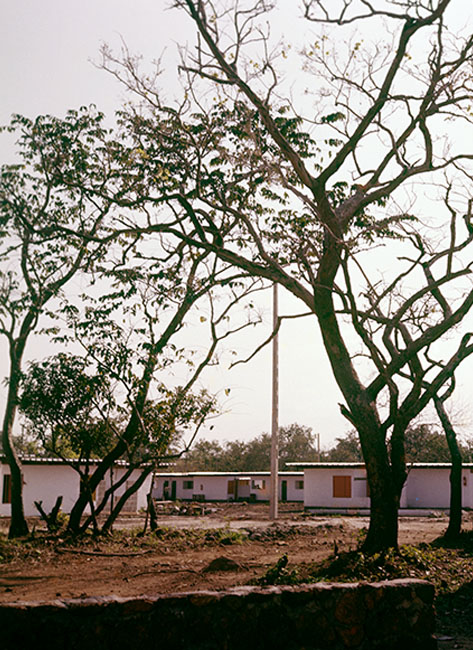Fria New Town, Fria (GN)
Michel Écochard; Guy Lagneau, Michel Weill & Jean Dimitrijevic; Michel Kalt, Daniel Pouradier-Duteil & Pierre Vignal
Abstract
Fria, in Guinea, is a prime example of French late-colonial industrial New Town planning. It was designed and built from scratch between 1956 and 1964 to house both the senior staff and workers of a new bauxite extraction and aluminium production plant owned by the French company Péchiney. The planning and construction of a factory that was projected to produce no less than 15 per cent of the world’s total aluminium stock came, not coincidentally, at the moment when soon-to-be President Ahmed Sékou Touré called upon the Guinean people to vote for total independence, and thus refuse to become part of the Communauté Française. Discursively, Fria was presented as one of the key engines of industrialization and urbanization in Guinea, and as such the locus par excellence of postcolonial social and economic fulfilment. Simultaneously, however, taking responsibility of the planning of Fria and assuming ownership of the aluminium plant allowed France, through Péchiney, to regulate the modernizing process, all the while protecting its economic interests in Africa in view of the imminent secession. This ambiguity, between emancipatory socioeconomic responsibility and control, translates on different levels of Fria’s planning and design.



